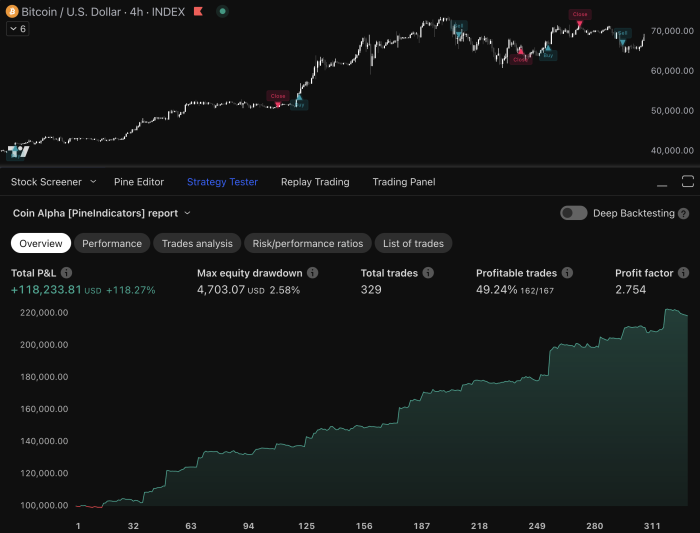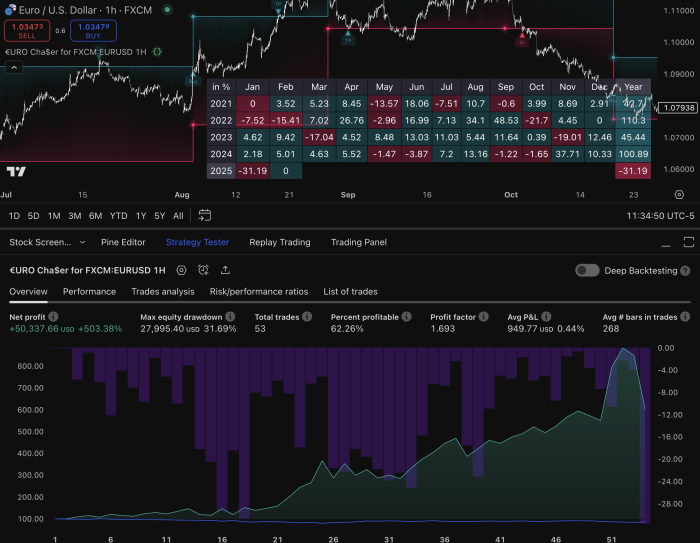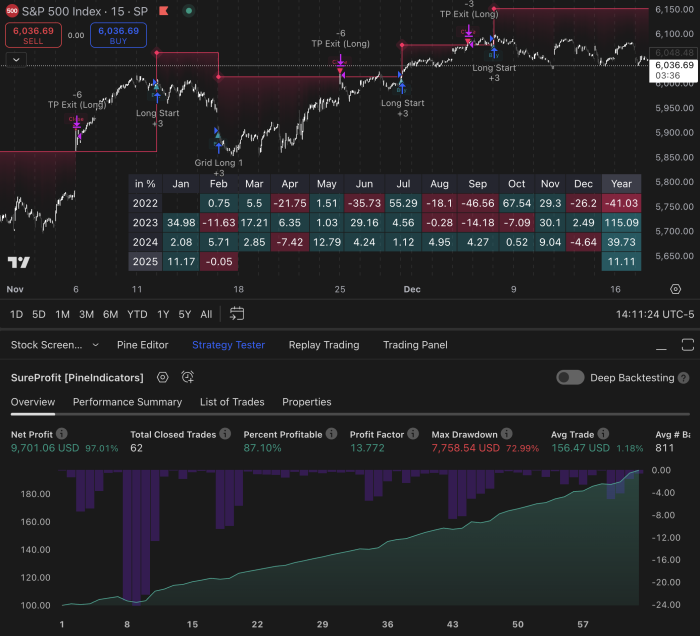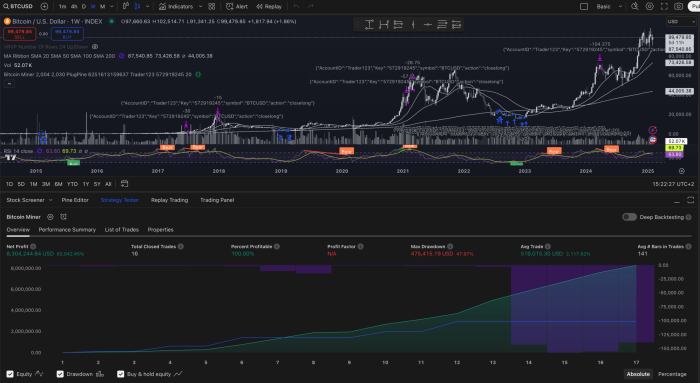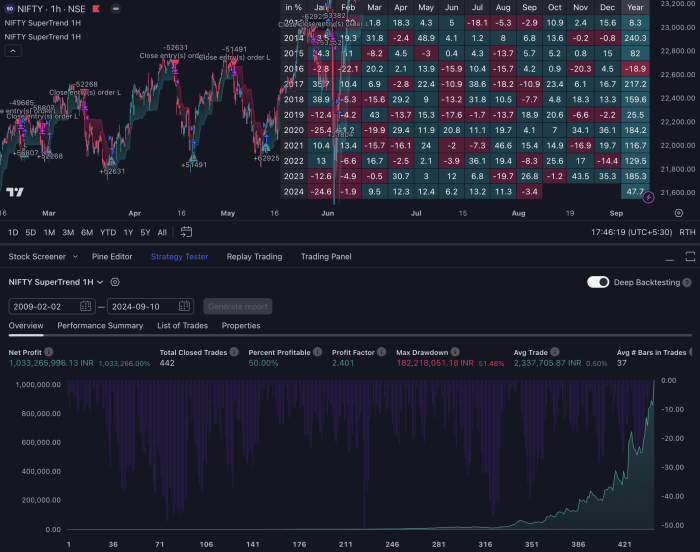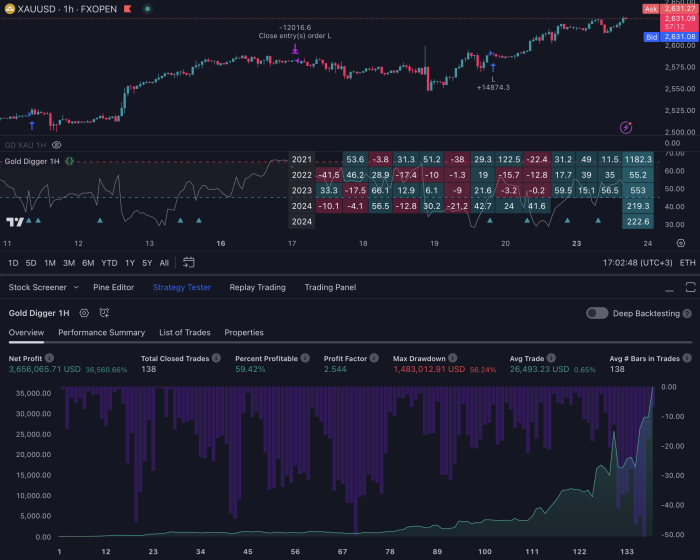In the fast-paced world of financial markets, traders are constantly seeking an edge that can enhance their decision-making and execution processes. One of the most significant advancements in this realm is the development of expert trading automation scripts. These scripts, often referred to as algorithmic trading systems or trading bots, are designed to automate various aspects of trading, from executing orders to analyzing market data.
By leveraging complex algorithms and predefined rules, these scripts can operate at speeds and efficiencies that far exceed human capabilities. The rise of automation in trading has been fueled by the increasing availability of sophisticated technology and data analytics tools. Traders can now access vast amounts of market data in real-time, allowing them to make informed decisions based on quantitative analysis rather than relying solely on intuition or experience.
As a result, expert trading automation scripts have become an essential component for both retail and institutional traders looking to optimize their trading strategies and improve overall performance.
Key Takeaways
- Expert trading automation scripts are computer programs that execute trading strategies automatically, based on pre-defined rules and parameters.
- Using automation scripts for trading can save time, reduce human error, and allow for faster execution of trades.
- When choosing the right automation script for your trading strategy, consider factors such as compatibility with your trading platform, ease of use, and the level of customization available.
- Customizing automation scripts to fit your trading style involves adjusting parameters, adding or removing indicators, and testing the script in a demo account before using it with real money.
- It’s important to understand the risks and limitations of automation scripts, such as the potential for technical glitches, market volatility, and the need for ongoing monitoring and adjustments.
Benefits of Using Automation Scripts for Trading
Speed and Precision in Volatile Markets
This speed not only enhances the potential for profit but also minimizes the risk of slippage, which occurs when a trade is executed at a different price than expected due to market fluctuations.
Reducing Emotional Bias in Trading Decisions
Another notable benefit is the reduction of emotional bias in trading decisions. Human traders often struggle with emotions such as fear and greed, which can lead to impulsive decisions that deviate from a well-thought-out strategy. Automation scripts operate based on predefined criteria, eliminating emotional interference and ensuring that trades are executed according to the established plan.
Consistency and Discipline in Trading
This disciplined approach can lead to more consistent results over time, as traders are less likely to deviate from their strategies during periods of market stress.
How to Choose the Right Automation Script for Your Trading Strategy

Selecting the appropriate automation script requires a thorough understanding of one’s trading strategy and objectives. Different scripts are designed for various trading styles, such as day trading, swing trading, or long-term investing. For instance, a day trader may benefit from a script that focuses on short-term price movements and rapid execution, while a swing trader might prefer a script that analyzes broader market trends over several days or weeks.
Additionally, traders should consider the underlying technology and platform compatibility when choosing an automation script. Many scripts are built for specific trading platforms like MetaTrader 4 or 5, NinjaTrader, or TradingView. Ensuring that the chosen script is compatible with the trader’s platform is crucial for seamless integration and functionality.
Furthermore, traders should evaluate the script’s performance history, including backtesting results and user reviews, to gauge its effectiveness in various market conditions.
Customizing Automation Scripts to Fit Your Trading Style
| Aspect | Details |
|---|---|
| Trading Style | Day trading, swing trading, position trading, etc. |
| Preferred Indicators | MACD, RSI, moving averages, Bollinger Bands, etc. |
| Entry and Exit Signals | Crossovers, breakouts, support/resistance levels, etc. |
| Risk Management | Stop loss, take profit, position sizing, etc. |
| Timeframes | 1-minute, 5-minute, 1-hour, daily, weekly, etc. |
While many automation scripts come with predefined settings, customization is often necessary to align them with individual trading styles and preferences. Customization can involve adjusting parameters such as entry and exit points, stop-loss levels, and risk management rules.
For example, a trader who prefers a more aggressive approach may set tighter stop-loss levels to maximize potential gains, while a conservative trader might opt for wider stops to minimize risk.
Moreover, traders can enhance their automation scripts by incorporating additional indicators or filters that reflect their unique market outlook. For instance, integrating moving averages or relative strength index (RSI) can provide additional confirmation signals for trade entries and exits. This level of customization allows traders to create a tailored approach that resonates with their personal trading philosophy while still benefiting from the efficiency of automation.
Understanding the Risks and Limitations of Automation Scripts
Despite their numerous advantages, automation scripts are not without risks and limitations. One significant concern is the potential for technical failures or glitches that can lead to unintended consequences. For instance, a poorly coded script may execute trades at incorrect prices or fail to close positions during adverse market conditions.
Such technical issues can result in substantial financial losses if not monitored closely. Additionally, reliance on automation scripts can lead to complacency among traders. While automation can enhance efficiency, it is essential for traders to remain engaged with market developments and maintain an understanding of their strategies.
Over-reliance on automated systems may result in a lack of awareness regarding changing market dynamics or emerging trends that could impact performance.
Therefore, it is crucial for traders to strike a balance between leveraging automation and staying informed about market conditions.
Tips for Successful Implementation of Automation Scripts in Your Trading Strategy

To successfully implement automation scripts into a trading strategy, traders should begin with thorough testing and validation. Before deploying any script in live markets, it is advisable to conduct extensive backtesting using historical data to assess its performance under various market conditions. This process helps identify potential weaknesses in the script and allows traders to make necessary adjustments before risking real capital.
Furthermore, setting clear objectives and risk management parameters is vital for successful implementation. Traders should define their profit targets, acceptable drawdown levels, and overall risk tolerance before activating an automation script. By establishing these parameters upfront, traders can ensure that their automated systems operate within their desired risk framework and align with their overall trading goals.
Monitoring and Adjusting Automation Scripts for Optimal Performance
Once an automation script is live, continuous monitoring is essential to ensure optimal performance. Market conditions can change rapidly, and what works well in one environment may not be effective in another. Traders should regularly review the performance metrics of their scripts, including win rates, average trade duration, and overall profitability.
This ongoing analysis allows traders to identify trends or anomalies that may require adjustments to the script’s parameters. In addition to performance monitoring, traders should remain vigilant about external factors that could impact their strategies. Economic events such as earnings reports, central bank announcements, or geopolitical developments can significantly influence market behavior.
Being aware of these events enables traders to adjust their automation scripts accordingly—whether by temporarily pausing them during high-volatility periods or modifying parameters to account for anticipated market shifts.
The Future of Expert Trading Automation Scripts: Trends and Innovations
The landscape of expert trading automation scripts is continually evolving, driven by advancements in technology and data analytics. One notable trend is the increasing integration of artificial intelligence (AI) and machine learning into trading algorithms. These technologies enable scripts to learn from historical data patterns and adapt their strategies in real-time based on changing market conditions.
As AI becomes more sophisticated, we can expect automation scripts to become even more responsive and effective at identifying profitable opportunities. Moreover, the rise of decentralized finance (DeFi) has opened new avenues for automation in trading. Smart contracts on blockchain platforms allow for automated execution of trades without intermediaries, providing greater transparency and security for traders.
As DeFi continues to gain traction, we may see an influx of innovative automation solutions tailored specifically for this emerging sector. In conclusion, expert trading automation scripts represent a powerful tool for traders seeking efficiency and precision in their strategies. By understanding their benefits, risks, and customization options, traders can harness these technologies effectively while remaining engaged with the ever-changing dynamics of financial markets.
As innovations continue to shape the future of trading automation, those who adapt will likely find themselves at a competitive advantage in an increasingly automated trading landscape.
If you are interested in learning more about high-profit trading strategies on TradingView, you should check out this article on high-profit trading strategies. This article provides valuable insights into how to maximize your profits using expert trading automation scripts. Additionally, if you are looking for the best indicators to use on TradingView, you may want to read this article on best indicators for TradingView. Lastly, if you are interested in customizing your trading experience with custom indicators, be sure to read this article on {lazyloadBackgroundObserver.observe(lazyloadBackground)})};const events=['DOMContentLoaded','elementor/lazyload/observe',];events.forEach((event)=>{document.addEventListener(event,lazyloadRunObserver)})

